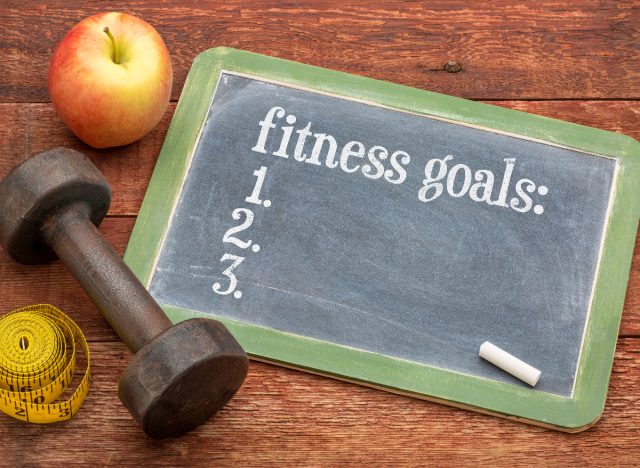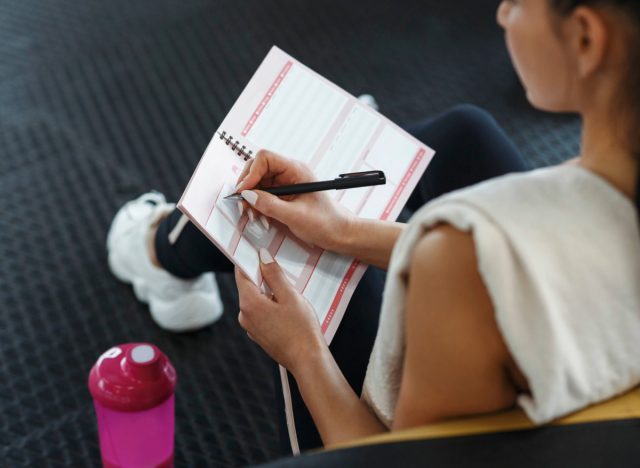Are you ready to transform your fitness journey with jogging? Jogging enhances cardiovascular health and burns calories effectively, making it ideal for achieving your weight-loss goals. Whether you’re a seasoned runner or just starting, these 10 essential ways to maximize your jogging workout for weight loss will ensure you genuinely enjoy the process.
These insights tailor your weight-loss potential by incorporating diverse workout routines like intervals and hill runs and emphasizing the benefits of strength training, a balanced diet, and proper recovery, all of which contribute to a satisfying and enjoyable jogging routine.
Whether your goal is a minor adjustment or a significant transformation, consistency and commitment will be your keys to success. Lace up those running shoes, hit the pavement, and embrace the journey to a fitter, healthier you!
Vary your pace to burn more calories.

Instead of sticking to a steady pace throughout your entire run, try incorporating high-intensity intervals (like sprinting or fast-paced jogging) followed by periods of lower intensity (slow jogging or walking). This approach increases your calorie burn during the workout and boosts your metabolism, causing your body to continue burning calories at a higher rate even after you’ve finished exercising.
To integrate intervals effectively into your jogging routine, start with shorter bursts of high intensity and gradually increase the duration as your fitness level improves. This method prevents boredom and challenges your body in new ways, enhancing your endurance and fat-burning potential.
Incorporate hills.


If your usual jogging route is mostly flat, consider adding hills or inclines to significantly enhance your workout’s effectiveness. Running uphill requires more effort, translating to a higher calorie burn than running on flat terrain. Plus, tackling hills engages additional muscle groups, such as the glutes, hamstrings, and calves, helping you build strength and endurance simultaneously.
To incorporate hills into your jogging routine, identify routes with varying inclines or seek specific hill workouts. Start with shorter hill segments and gradually increase the duration and intensity as you become more comfortable. This diversity challenges your muscles in different ways and adds excitement and variety to your training regimen.
Add strength training to enhance muscle and metabolism.


While jogging is great for cardiovascular fitness, incorporating strength training exercises can further enhance your efforts. Muscles are metabolically active tissues, meaning they burn calories even at rest. By adding bodyweight exercises like squats, lunges, pushups, and planks before or after your run, you not only enhance your overall strength but also boost your metabolism, aiding in weight loss.
Aim to include strength training exercises at least two to three times weekly, focusing on major muscle groups such as legs, core, arms, and back. This balanced approach supports weight loss, improves your running efficiency, and reduces the risk of injury by promoting muscular balance and stability.
Stay hydrated.


Proper hydration is crucial for both performance and weight loss during jogging. Dehydration can impair exercise performance, reduce energy levels, and hinder the body’s ability to burn fat efficiently. To stay adequately hydrated, drink water before, during, and after your run, especially in warmer weather or during longer workouts.
Additionally, electrolyte replenishment for extended or intense exercise sessions should be considered to maintain fluid balance and support optimal muscle function. Monitoring your urine color and frequency can also serve as a simple indicator of your hydration status, ensuring you remain adequately hydrated throughout your jogging sessions.
Fuel your body.


Nutrition is pivotal in supporting your jogging workouts and maximizing weight loss. Opt for balanced meals and snacks that provide sustained energy, such as fruits, vegetables, lean proteins, and whole grains. Carbohydrates are essential as they are the primary fuel source for endurance exercises like jogging.
Avoiding large meals immediately before jogging can prevent discomfort, but ensure you consume a small snack to maintain energy levels. Experiment with timing and types of foods to find what works best for you, and consult a registered dietitian for personalized nutrition guidance tailored to your fitness goals.
Set realistic goals.


Setting specific and achievable goals for your jogging workouts can help maintain motivation and track your progress over time. Whether your goals involve increasing your running distance, improving your pace, or achieving consistency in your training schedule, having clear objectives allows you to focus your efforts and celebrate milestones along the way.
Break larger goals into smaller, manageable targets to maintain momentum and avoid becoming discouraged. Tracking your progress through a running log, fitness app, or journal can provide tangible evidence of your improvement, providing motivation and accountability throughout your weight-loss journey.
Get enough rest.


Rest and recovery are essential components of any effective jogging routine. They support muscle repair, hormone balance, and overall well-being. Adequate sleep allows your body to recover from exercise-induced stress, replenish energy stores, and optimize performance during subsequent workouts.
Aim for seven to nine hours of quality sleep per night, as individual needs may vary based on age, activity level, and overall health. Incorporating relaxation techniques such as stretching, foam rolling, or yoga can enhance recovery by promoting circulation, reducing muscle tension, and improving flexibility.
Use proper form.


Paying attention to your running technique can significantly impact calorie expenditure and injury prevention during jogging. Maintain good posture by aligning your head with your spine, relaxing your shoulders, and engaging your core muscles. Aim for a slight forward lean from the ankles to promote efficient forward movement.
Keep your arms bent at a 90-degree angle, allowing them to swing naturally in sync with your stride. Land softly on your mid-foot and roll through to your toes to minimize impact and reduce the risk of overuse injuries like shin splints or knee pain. Focus on maintaining a steady breathing rhythm to enhance oxygen delivery to your muscles and improve overall endurance.
Mix up your routes.


Exploring different jogging routes can add excitement and variety to your workouts while challenging your body in new ways. Varying terrain, such as trails, tracks, hills, or even urban settings, engages different muscle groups and prevents monotony, enhancing both physical and mental stimulation.
Consider incorporating scenic routes or natural landscapes to boost motivation and enjoyment during your runs. Changing your surroundings can evoke positive emotions and reduce perceived exertion, making it easier to maintain a consistent exercise routine and sustain long-term fitness goals.
Track your progress.


Keeping track of your jogging workouts allows you to monitor progress, identify trends, and make informed adjustments to your training regimen. Use a running log, fitness app, or wearable device to record metrics such as distance covered, pace, duration, and calories burned.
Reviewing your performance data over time provides valuable insights into your improvement and helps you set future goals based on tangible evidence. Celebrate achievements, no matter how small, to maintain motivation and reinforce positive behaviors. Adjust your jogging routine to address challenges, capitalize on strengths, and continue progressing toward your weight loss and fitness objectives.


